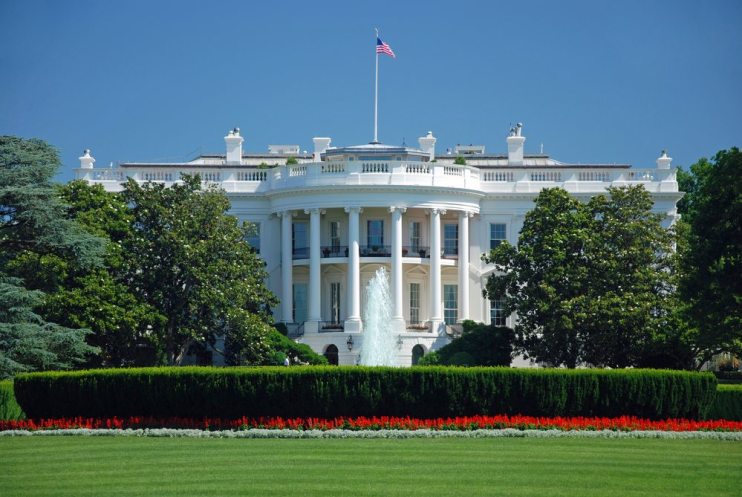During a farm visit in Illinois this week, President Joe Biden announced a series of actions to help support domestic crop production. Three initiatives intended to foster increased plantings and address input costs were outlined by the White House. The plan includes expanding the number of counties eligible for double cropping insurance, doubling the funding support for domestic fertilizer production, and increasing access to technical assistance for nutrient management tools. Ag groups such as American Farm Bureau Federation (AFBF) and National Farmers Union (NFU) welcomed the announcement, acknowledging that additional solutions will also be necessary.

“Removing the disincentives for double cropping has the potential to increase near term production in areas suitable for the practice and for farmers who have the financial capacity to do so,” AFBF President Zippy Duvall said in a press release. “Similarly, the proposal to increase domestic fertilizer production is an acknowledgement by the administration of the extraordinarily high cost of supplies for farmers and ranchers, but it could take years to realize the benefits.”
The Biden-Harris Administration seeks to make double cropping insurance available to a total of nearly 2,000 counties. Investment in domestic fertilizer production would also be increased to $500 million under the action plan. In a release from the White House, farmers were highlighted as a central figure in combatting “Putin’s Price Hike.” In total, the announcement is meant to lower cost production costs for farmers and ultimately address increasing food costs.
“The Biden Administration’s promise to double down on USDA efforts to diversify domestic fertilizer markets is promising and we look forward to providing input on how to do this most effectively,” said NFU President Rob Larew. “We appreciate the Administration’s efforts to create more crop insurance options and flexibility for farmers as we face difficult planting conditions and mounting global instability. We will continue to work with the USDA to identify the best policy options to help farmers across the country meet these challenges.”










